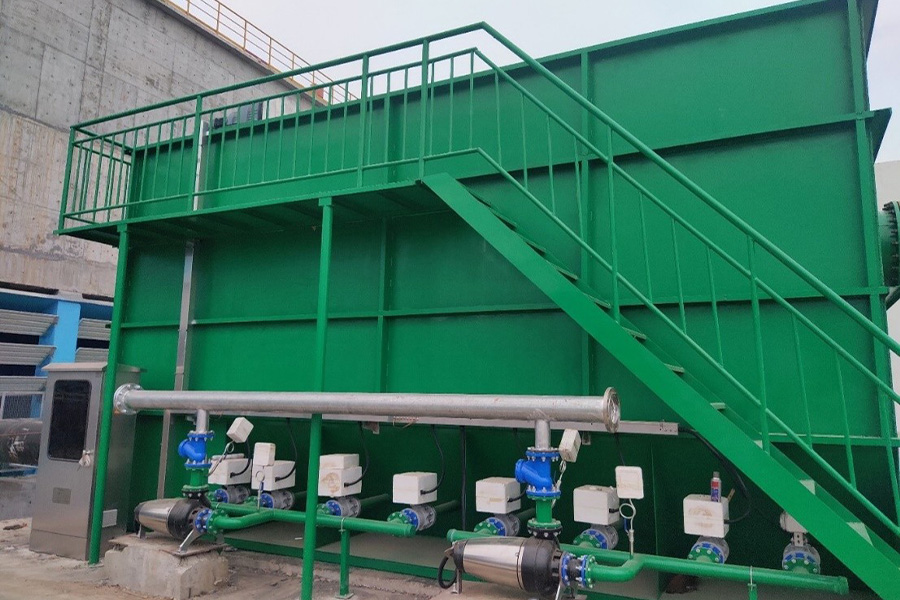Ceiling insulation is a crucial aspect of building design that often goes unnoticed. However, it plays a significant role in enhancing energy efficiency, reducing heating and cooling costs, and improving overall comfort within a building. In this article, we will delve into the reasons why ceiling insulation is essential, its benefits, and the different types of insulation available.
- Energy Efficiency and Cost Savings:
Insulating the ceiling is a key strategy for improving energy efficiency in both residential and commercial buildings. By preventing heat transfer between the interior and exterior, insulation helps maintain a consistent indoor temperature, reducing the need for excessive heating or cooling. This, in turn, leads to significant cost savings on energy bills. - Thermal Comfort:
Ceiling insulation contributes to thermal comfort by minimizing heat loss during colder months and heat gain during warmer months. It acts as a barrier, preventing the transfer of heat between the conditioned space and the outside environment. This insulation layer helps maintain a comfortable temperature inside, regardless of the weather conditions outside. - Noise Reduction:
In addition to thermal benefits, ceiling insulation also aids in reducing noise transmission. It acts as a sound barrier, absorbing and dampening external noises such as traffic, construction, or loud neighbors. This is particularly important for buildings located in busy urban areas or near airports, where noise pollution can be a significant concern. - Condensation Control:
Ceiling insulation plays a crucial role in preventing condensation issues within a building. When warm, moist air comes into contact with a cold surface, condensation occurs. Insulation helps maintain a consistent temperature on the ceiling surface, reducing the likelihood of condensation forming. This is especially important in humid climates or areas prone to moisture-related problems. - Environmental Impact:
By reducing energy consumption, ceiling insulation contributes to a more sustainable and eco-friendly built environment. It helps lower greenhouse gas emissions associated with heating and cooling systems, thus mitigating the impact of buildings on climate change. Additionally, insulation materials with high recycled content or natural fibers can further enhance the environmental benefits.
Conclusion:
Ceiling insulation is a vital component of building design that offers numerous benefits. From improving energy efficiency and reducing costs to enhancing thermal comfort and controlling condensation, the advantages of proper insulation are undeniable. By considering the specific needs of a building and choosing the right insulation material, one can create a more sustainable, comfortable, and cost-effective living or working environment.








+ There are no comments
Add yours